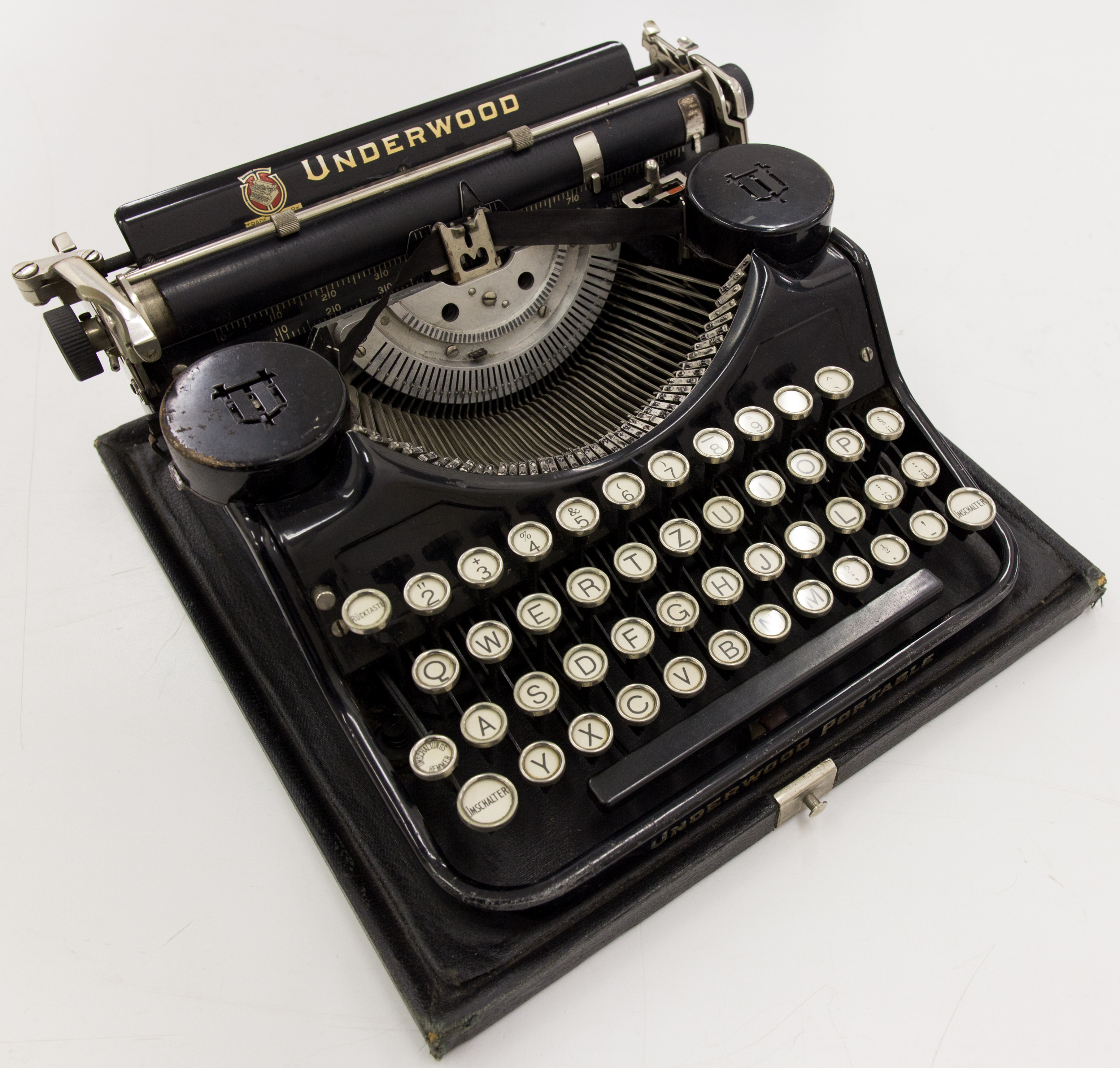|
Glyph Variants
A glyph ( ) is any kind of purposeful mark. In typography, a glyph is "the specific shape, design, or representation of a character". It is a particular graphical representation, in a particular typeface, of an element of written language. A grapheme, or part of a grapheme (such as a diacritic), or sometimes several graphemes in combination (a composed glyph) can be represented by a glyph. Glyphs, graphemes and characters In modern English, symbols like letters and numerical digits are each both single graphemes and single glyphs. In most languages written in any variety of the Latin alphabet except English, the use of diacritics to signify a sound mutation is common. For example, the grapheme requires two glyphs: the basic and the grave accent . In general, a diacritic is regarded as a glyph, even if it is contiguous with the rest of the character like a cedilla in French, Catalan or Portuguese, the ogonek in several languages, or the stroke on a Polish . Although the ... [...More Info...] [...Related Items...] OR: [Wikipedia] [Google] [Baidu] |
Dotless I
I, or ı, called dotless i, is a letter used in the Latin-script alphabets of Azerbaijani, Crimean Tatar, Gagauz, Kazakh, Tatar and Turkish. It commonly represents the close back unrounded vowel , except in Kazakh where it represents the near-close front unrounded vowel . All of the languages it is used in also use its dotted counterpart İ while not using the basic Latin letter I. In scholarly writing on Turkic languages, ï is sometimes used for . In computing Usage in other languages The dotless ''ı'' may also be used as a stylistic variant of the dotted ''i'', without there being any meaningful difference between them. This is common in older Irish orthography, for example, but is simply the omission of the tittle rather than a separate letter. The í is a separate letter as is ì in Scottish Gaelic. Though historically Irish only used an "i" without a dot, so as to not confuse with "í", this dotless "ı" should not be used for Irish. Instead a font wi ... [...More Info...] [...Related Items...] OR: [Wikipedia] [Google] [Baidu] |
Orthography
An orthography is a set of convention (norm), conventions for writing a language, including norms of spelling, punctuation, Word#Word boundaries, word boundaries, capitalization, hyphenation, and Emphasis (typography), emphasis. Most national and international languages have an established writing system that has undergone substantial standardization, thus exhibiting less dialect variation than the spoken language. These processes can fossilize pronunciation patterns that are no longer routinely observed in speech (e.g. ''would'' and ''should''); they can also reflect deliberate efforts to introduce variability for the sake of national identity, as seen in Noah Webster's efforts to introduce easily noticeable differences between American and British spelling (e.g. ''honor'' and ''honour''). Orthographic norms develop through social and political influence at various levels, such as encounters with print in education, the workplace, and the state. Some nations have established ... [...More Info...] [...Related Items...] OR: [Wikipedia] [Google] [Baidu] |
Archaeological Terminology
Archaeology or archeology is the study of human activity through the recovery and analysis of material culture. The archaeological record consists of Artifact (archaeology), artifacts, architecture, biofact (archaeology), biofacts or ecofacts, archaeological site, sites, and cultural landscapes. Archaeology can be considered both a social science and a branch of the humanities. It is usually considered an independent academic discipline, but may also be classified as part of anthropology (in North America – the four-field approach), history or geography. The discipline involves Survey (archaeology), surveying, Archaeological excavation, excavation, and eventually Post excavation, analysis of data collected, to learn more about the past. In broad scope, archaeology relies on cross-disciplinary research. Archaeologists study human prehistory and history, from the development of the first stone tools at Lomekwi in East Africa 3.3 million years ago up until recent decades. A ... [...More Info...] [...Related Items...] OR: [Wikipedia] [Google] [Baidu] |
Dingbat
In typography, a dingbat (sometimes more formally known as a printer's ornament or printer's character) is an ornament, specifically, a glyph used in typesetting, often employed to create box frames (similar to box-drawing characters), or as a dinkus (section divider). Some of the dingbat symbols have been used as signature marks or used in bookbinding to order sections. In the computer industry, a dingbat font or pi font is a computer font that has symbols and shapes located at the code points normally designated for alphabetical or numeric characters. This practice was necessitated by the limited number of code points available in 20th century operating systems. Modern computer fonts containing dingbats are based on Unicode encoding, which has unique code points for dingbat glyphs. Examples Examples of characters included in Unicode ( ITC Zapf Dingbats series 100 and others): Dingbats Unicode block Unicode provides code points for many commonly used dingbats, a ... [...More Info...] [...Related Items...] OR: [Wikipedia] [Google] [Baidu] |
Writing System
A writing system comprises a set of symbols, called a ''script'', as well as the rules by which the script represents a particular language. The earliest writing appeared during the late 4th millennium BC. Throughout history, each independently invented writing system gradually emerged from a system of proto-writing, where a small number of ideographs were used in a manner incapable of fully encoding language, and thus lacking the ability to express a broad range of ideas. Writing systems are generally classified according to how its symbols, called ''graphemes'', relate to units of language. Phonetic writing systemswhich include alphabets and syllabariesuse graphemes that correspond to sounds in the corresponding spoken language. Alphabets use graphemes called ''letter (alphabet), letters'' that generally correspond to spoken phonemes. They are typically divided into three sub-types: ''Pure alphabets'' use letters to represent both consonant and vowel sounds, ''abjads'' gene ... [...More Info...] [...Related Items...] OR: [Wikipedia] [Google] [Baidu] |
Character (computing)
In computing and telecommunications, a character is the internal representation of a character (symbol) used within a computer or system. Examples of characters include letters, numerical digits, punctuation marks (such as "." or "-"), and whitespace. The concept also includes control characters, which do not correspond to visible symbols but rather to instructions to format or process the text. Examples of control characters include carriage return and tab as well as other instructions to printers or other devices that display or otherwise process text. Characters are typically combined into '' strings''. Historically, the term ''character'' was used to denote a specific number of contiguous bits. While a character is most commonly assumed to refer to 8 bits (one byte) today, other options like the 6-bit character code were once popular, and the 5-bit Baudot code has been used in the past as well. The term has even been applied to 4 bits with only 16 possible valu ... [...More Info...] [...Related Items...] OR: [Wikipedia] [Google] [Baidu] |
Computing
Computing is any goal-oriented activity requiring, benefiting from, or creating computer, computing machinery. It includes the study and experimentation of algorithmic processes, and the development of both computer hardware, hardware and software. Computing has scientific, engineering, mathematical, technological, and social aspects. Major computing disciplines include computer engineering, computer science, cybersecurity, data science, information systems, information technology, and software engineering. The term ''computing'' is also synonymous with counting and calculation, calculating. In earlier times, it was used in reference to the action performed by Mechanical computer, mechanical computing machines, and before that, to Computer (occupation), human computers. History The history of computing is longer than the history of computing hardware and includes the history of methods intended for pen and paper (or for chalk and slate) with or without the aid of tables. ... [...More Info...] [...Related Items...] OR: [Wikipedia] [Google] [Baidu] |
Exclamation Mark
The exclamation mark (also known as exclamation point in American English) is a punctuation mark usually used after an interjection or exclamation to indicate strong feelings or to show wikt:emphasis, emphasis. The exclamation mark often marks the end of a sentence, for example: "Watch out!". Similarly, a bare exclamation mark (with nothing before or after) is frequently used in warning signs. Additionally, the exclamation mark is commonly used in writing to make a character seem as though they are shouting, excited, or surprised. Other uses include: * In mathematics, it denotes the factorial operation. * Several computer languages use at the beginning of an expression (computer science), expression to denote logical negation. For example, means "the logical negation of A", also called "not A". This usage has spread to ordinary language (e.g., "!clue" means no-clue or clueless). * Some languages use ǃ, a symbol that looks like an exclamation mark, to denote a click consonant. ... [...More Info...] [...Related Items...] OR: [Wikipedia] [Google] [Baidu] |
Full Stop
The full stop ( Commonwealth English), period (North American English), or full point is a punctuation mark used for several purposes, most often to mark the end of a declarative sentence (as distinguished from a question or exclamation). A full stop is frequently used at the end of word abbreviations—in British usage, primarily truncations like ''Rev.'', but not after contractions like '' Revd''; in American English, it is used in both cases. It may be placed after an initial letter used to abbreviate a word. It is often placed after each individual letter in acronyms and initialisms (e.g., "U.S."). However, the use of full stops after letters in an initialism or acronym is declining, and many of these without punctuation have become accepted norms (e.g., "UK" and "NATO"). When used in a series (typically of three, an ellipsis) the mark is also used to indicate omitted words. In the English-speaking world, a punctuation mark identical to the full stop is used as the d ... [...More Info...] [...Related Items...] OR: [Wikipedia] [Google] [Baidu] |
Apostrophe
The apostrophe (, ) is a punctuation mark, and sometimes a diacritical mark, in languages that use the Latin alphabet and some other alphabets. In English, the apostrophe is used for two basic purposes: * The marking of the omission of one or more letters, e.g. the contraction (grammar), contraction of "do not" to "don't" * The marking of Possessive, possessive case of nouns (as in "the eagle's feathers", "in one month's time", "the twins' coats") It is also used in a few exceptional cases for the #Use in forming some plurals, marking of plurals, e.g. "p's and q's" or Oakland A's. The same mark is used as a single quotation mark. It is also substituted informally for other marks for example instead of the prime symbol to indicate the units of foot (unit), foot or minutes of arc. The word ''apostrophe'' comes from the Ancient Greek language, Greek (hē apóstrophos [prosōidía], '[the accent of] turning away or elision'), through Latin language, Latin and French language, ... [...More Info...] [...Related Items...] OR: [Wikipedia] [Google] [Baidu] |
Typewriter
A typewriter is a Machine, mechanical or electromechanical machine for typing characters. Typically, a typewriter has an array of Button (control), keys, and each one causes a different single character to be produced on paper by striking an ink ribbon, inked ribbon selectively against the paper with a Sort (typesetting), type element. Thereby, the machine produces a legible written document composed of ink and paper. By the end of the 19th century, a ''person'' who used such a device was also referred to as a ''typewriter''. The first commercial typewriters were introduced in 1874, but did not become common in offices in the United States until after the mid-1880s. The typewriter quickly became an indispensable tool for practically all writing other than personal handwritten correspondence. It was widely used by professional writers, in offices, in business correspondence in private homes, and by students preparing written assignments. Typewriters were a standard fixture in m ... [...More Info...] [...Related Items...] OR: [Wikipedia] [Google] [Baidu] |







